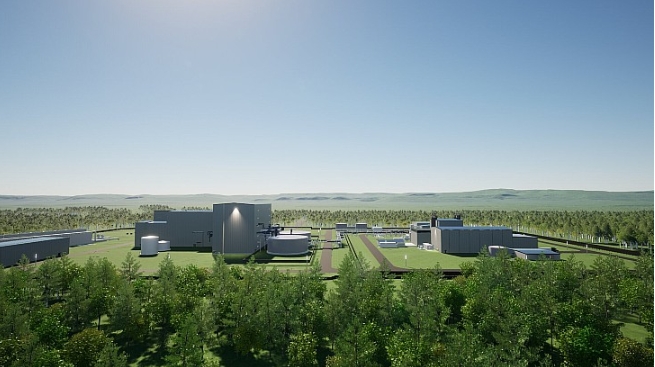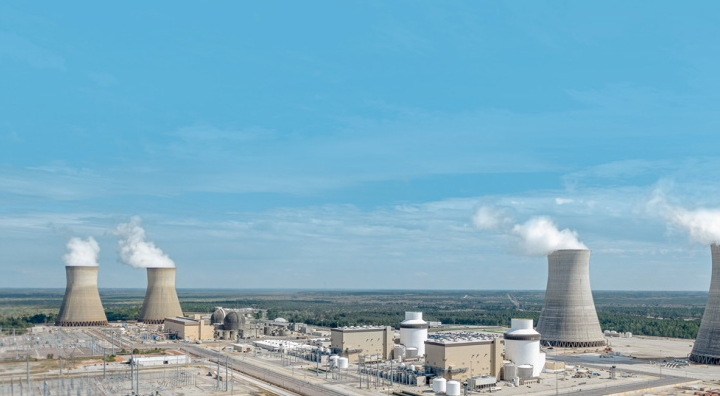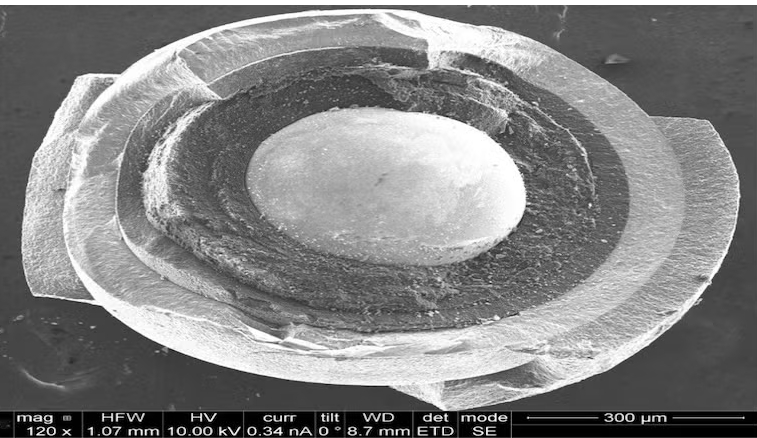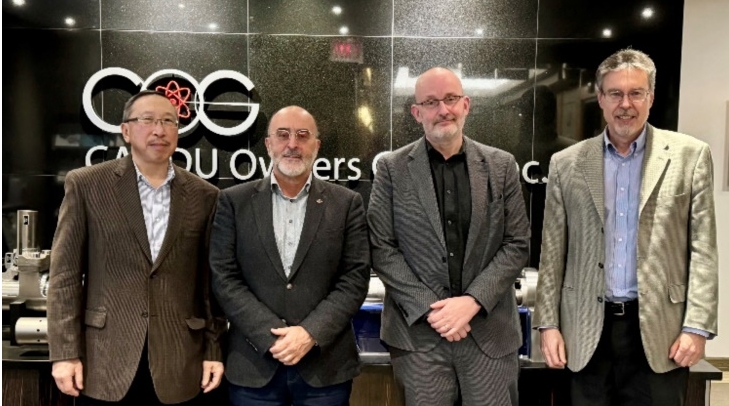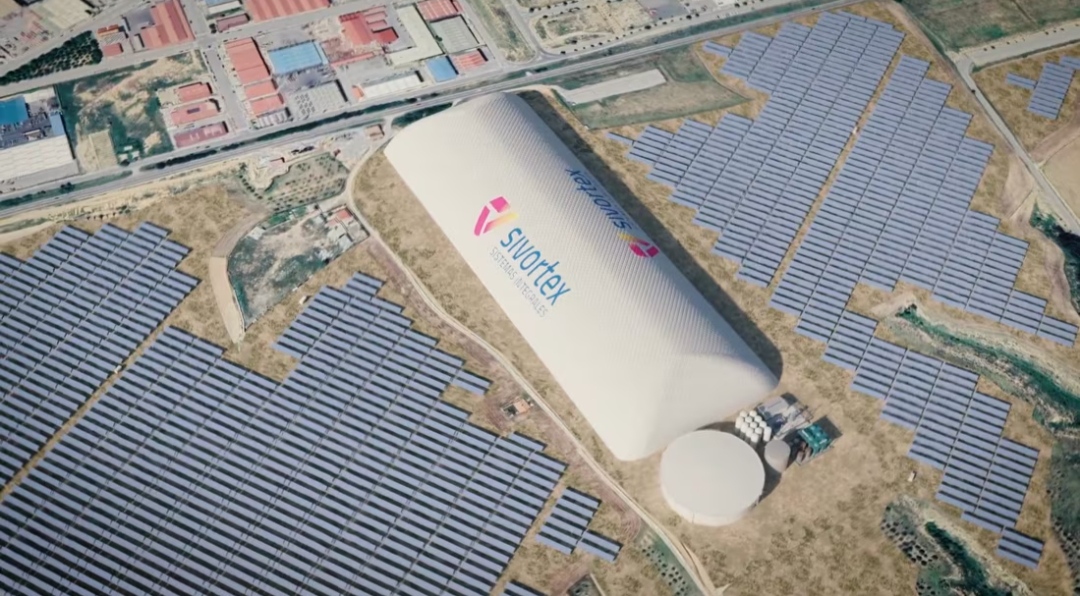
The company presented its plans for the Actuel Solar project this week in the eastern city of Teruel to local officials and representatives of the government of Aragon.
The Catalan company plans to invest €120 million to build the plant, which will occupy 274 hectares in the La Paz business park and offer “shared self-consumption at a stable price to companies in the territory,” Sivortex CEO Carlos Badía told pv magazine. Once developed, the project will boast the largest PPA in the European Union, according to the company.
“The investment in principle will be made through a developer, so the partner will not have to pay this investment, although we are receiving requests from companies in the area that want to invest in the project,” Badía explained. “We will evaluate in any case whether we can do it in this project or in the next one.”
The Sivortex CEO pointed out that since the project was presented, the company has been receiving e-mails asking to participate in the project, “but this will be determined later, [and] in any case, they will be first level manufacturers.”
In this storage system, conventional batteries are replaced by an industrial system that stores excess generation from the PV plant by thermal transformation of CO2, through a compressor that cools the gas and passes through to liquid storage in specific deposits of thermal batteries. During the night the process of converting liquid into gas begins at the pressure which moves a turbine generating electricity. The gas that has passed through the turbine enters the cup during the low pressure gas phase.
In this storage system, conventional batteries are replaced by an industrial system that stores the surplus production of the photovoltaic plant through thermodynamic transformation of CO2. The gas is cooled by means of a compressor and stored in a liquid state in specific tanks or thermodynamic batteries. During the night the process is reversed, converting the liquid into pressurized gas that moves a turbine to generate electricity. The gas that has passed through the turbine returns to the dome as a low-pressure gas.
According to the company, the system has an efficiency of 74.4%, and has several advantages over other batteries tested by the company, such as flywheel, gravity and lithium batteries, “which have problems with charging cycles and are very polluting,” Badía added.
When there is no PV generation but there is demand, this process is used. “The cycle is infinite; it can be reversed as many times as you want, and it uses a totally innocuous gas. Sivortex made a prototype two and a half years ago in Sardinia, which worked perfectly. It is an innovative and disruptive technology that can supply energy almost 24 hours a day practically all year round,” said Badía.
Sivortex stresses that the importance of renewable energy storage available outside of solar hours has become strategic. “This trend will transform the energy sector in the coming years. The CO2 battery has a storage capacity of 200 MWh and a service capacity of 10 hours, without negative external factors, critical raw materials and inertia of charge and discharge cycles.”
The project would employ a total of 181,818 540 W PV modules and a total of 28 inverters. The system also has some 3,906 autonomous axes and individual trackers, the latter of which, according to the company, would optimize production by more than 30% compared to a conventional tracker, and reduce the number of PV modules required by 21%.
Badía noted that the importance of the plant does not lie so much in the jobs created as in its function as a “tractor element” so that companies wishing to set up in the industrial park can do so “without any problem in terms of energy capacity.”
“The advantage of this technology is that companies that adhere to this project will have much cheaper energy than what they can find in the OMIE electricity market because they will not depend on price volatility, as Sivortex will offer a stable price over a period of between five and 10 years,” Badía said.
“In terms of performance, cost and, above all, maintenance, we think that right now there is no technology that can surpass our system, which also has a useful life of 30 years, practically the same as that of a photovoltaic plant,” the Sivortex CEO pointed out.
The Actuel Solar project, whose technology will be used in Spain for the first time, will employ a software called Actuel to manage and optimize production and consumption and also use artificial intelligence to gain in efficiency.
The Catalan company is currently finalizing plans for the project that will be submitted to the government of Aragon in order to obtain the necessary administrative and environmental authorizations. This process could take between six and eight months and, when completed, work will begin on a plot of land of approximately 274 hectares in the La Paz business park. The plant is expected to begin operation by the end of 2025.
The expected energy demand of the La Paz business park exceeds the capacity of the planned facility, so Sivortex is considering a second phase or even a new project.
